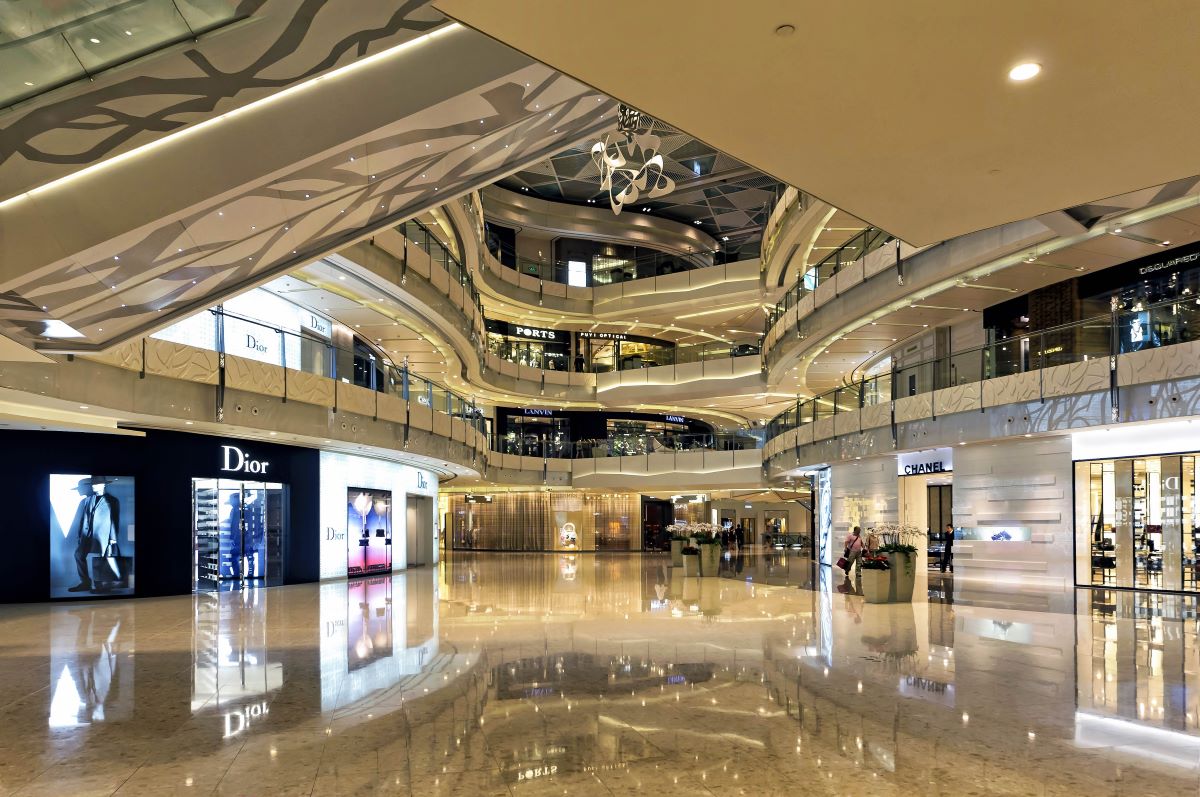China’s luxury market is on the rise again after an increase in consumer spending on products by companies like Hermes and LVMH in the first three months of 2023. The two companies have made a strong start to the year after China decided to do away with its stringent zero-Covid policy in late 2022.
Sales of LVMH amounted to €21 bn (~$23.03 bn) in the first three months of 2023, witnessing a 17% organic growth during the same period. First-quarter sales grew by 14% in Asia (excluding Japan), with the company expecting China to be the region’s growth engine in 2023.
Meanwhile, Hermes’ first-quarter revenue increased by 23% to €3.38 bn (~$3.71 bn). Sales in Asia (excluding Japan) rose by 23%, with the Greater China area continuing to experience robust sales growth.
This is in sharp contrast to last year, as the China luxury market shrank by 10% after witnessing five years of steady growth before that. Furthermore, in 2022, foot traffic in Chinese malls decreased by 30% to 35%.
“As restrictions ease and cross-border travel picks up, the re-emergence of Chinese consumers—the largest cohort for spending in the global luxury goods sector—is expected to boost demand for high-end clothing, accessories and other items by 20% in 2023,” said Morgan Stanley in an insight.
Spending in China’s luxury market recovering
Chinese consumers are showing a strong appetite for luxury products in 2023, as per a consumer survey by Vogue Business and Barclays Research. According to the survey, 51% of respondents reported spending 8,000 yuan (~$1,162) or more on luxury fashion in Q1 of FY 23. While 25% of them said they spent around 20,000 yuan (~$2,912) or more.
Meanwhile, 20% of the luxury shoppers surveyed said they intend to spend 20,000 yuan (~$2,912) or more on luxury fashion products in the next three months. And 51% of them said they expect to spend at least 8,000 yuan (~$1,162) during the same period.
Chanel, Dior, and Saint Laurent were the most popular brands among Chinese shoppers, as per the survey, with over 33% of luxury consumers purchasing from these brands. Gucci, owned by Kering, was also popular, with 28% of respondents purchasing the brand’s products, compared to 21.4% for LVMH’s flagship brand, Louis Vuitton.
Looking back, consumer spending in China’s luxury market witnessed steady growth in the five years before 2022. Notably, it doubled between 2019 and 2021, from 234 bn yuan (~$33.9 bn) to 471 bn yuan (~73.59 bn). This coincided with an increase in the annual average per capita disposable income of Chinese households. It increased by 35% between 2017 and 2021, from 25,974 yuan (~$3,768) in 2017 to 35,128 yuan (~$5,111).
Along with that, the number of high-net-worth individuals (HNWIs) in China also increased. Between 2016-2019, Chinese adults worth between $100,000 to $1m increased by 287%, accounting for 46.7% of the total HNWIs across the Asia Pacific. This figure is expected to double between 2021 and 2026, as per data from Knight Frank.
“…Chinese consumers were found to have the confidence to spend, with increased income and economic development allowing for greater purchasing power and thus a growing appetite for luxury goods,” said KPMG in a report.
“They are eager to purchase luxury as a means of social advancement and the expression of personality, and highly influenced by media content in their purchasing decisions,” claims KPMG.
Outlook for China’s luxury market
Looking ahead, the China luxury market is expected to reach its 2021 sales levels between the first and second half of 2023, stated Bain & Company in a report.
“The fundamentals of consumption in China are still intact. Compared to other emerging markets, China is a behemoth for luxury growth. It has a larger number of middle- and high-income consumers, and these populations are projected to double by 2030,” the report said.
Additionally, the Chinese island of Hainan has been a favourite destination for Chinese customers looking for premium goods at more affordable costs. The region accounted for 13% of the country’s luxury market in 2021. Despite duty-free sales in Hainan decreasing by 30% in 2022 to 35 bn yuan (~$5.07 bn), traveller expenditure per capita climbed by 8% during the same period.
This year, international brands like Coty to Estée Lauder have begun investing in the island. As per a report by PwC, Hainan’s duty-free market will grow at a CAGR of 32.8% from 2023 to 2026. The same report also claims that China’s luxury market will reach 816 bn yuan (~$119 bn) in 2025, accounting for 25% of the global luxury market, up from 22% now.
“Longer term, Chinese nationals are likely to account for 60% of total spending growth on personal luxury goods through 2030, driven by wealth as well as demographic, social and technological factors,” remarked Morgan Stanley. “China should become the industry’s growth engine from this year on, and we expect brands at the top of the luxury-goods pyramid to benefit the most.”










 Australia
Australia China
China India
India Indonesia
Indonesia Japan
Japan Malaysia
Malaysia Philippines
Philippines Singapore
Singapore South Korea
South Korea Taiwan
Taiwan Thailand
Thailand Vietnam
Vietnam
 Germany
Germany USA
USA Switzerland
Switzerland Singapore
Singapore
 United Kingdom
United Kingdom








